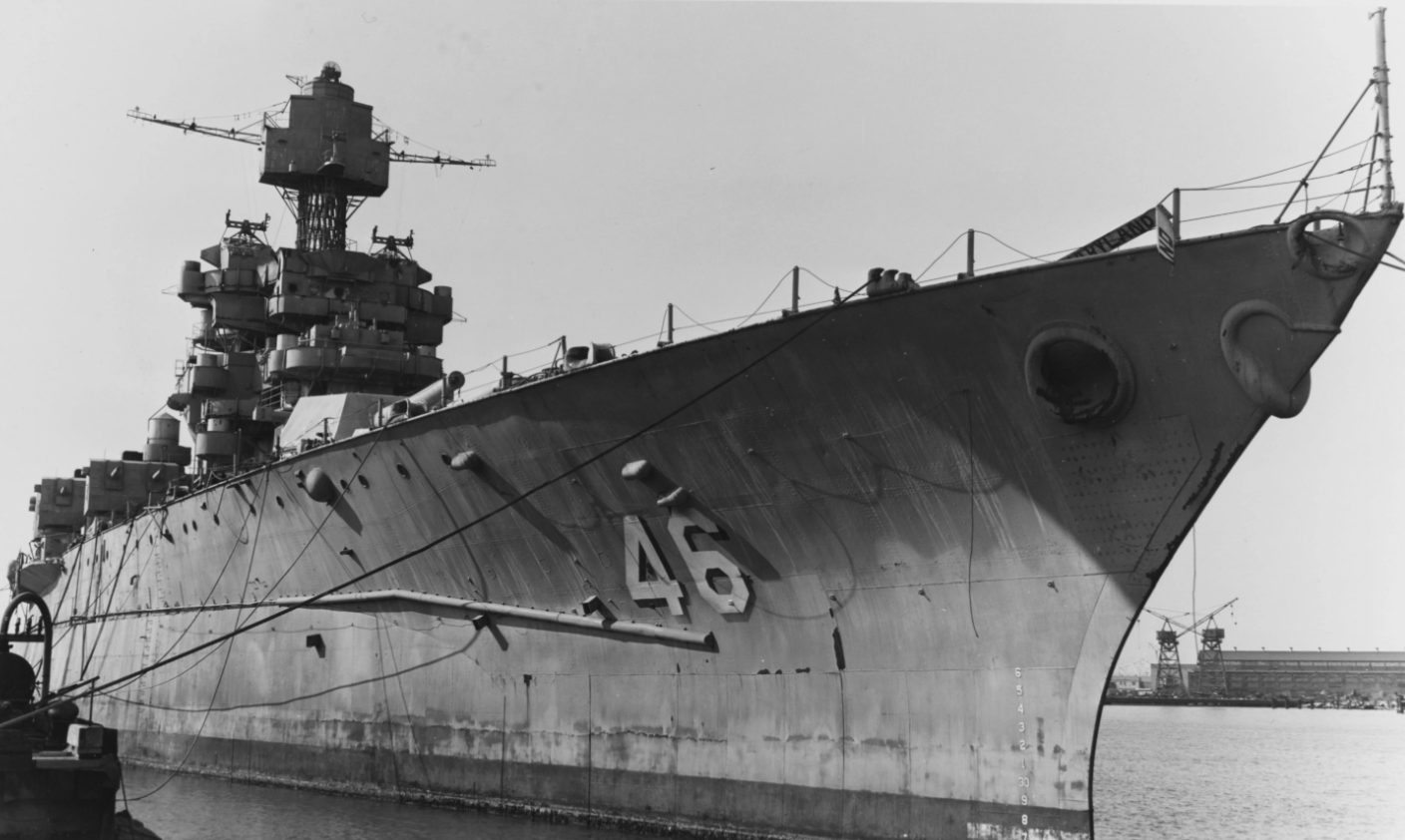
With the early light breaking over Pearl Harbor on December 7, 1941, the USS Maryland (BB-46) rested quietly at Battleship Row alongside her sister ship, the USS Oklahoma. In an instant, the quiet tranquility was broken. Japanese aircraft roared across the skies in a brief, destructive assault that would draw America into the Second World War. The Maryland took hits from armor-piercing bombs, but her sailors didn’t flinch. Men dashed to their guns and returned fire with everything they could muster. Before the smoke could lift, Maryland’s gunners had shot down seven enemy planes. Seaman First Class Leslie Short was among the crew, whose timely actions destroyed two enemy planes—saving lives aboard his ship and the sinking Oklahoma in proximity.

The cost of the attack was appalling. While Maryland had four of its sailors lost, the Oklahoma was torpedoed several times, rolled onto its side, and sank with hundreds of men on board. The crew of the Maryland did everything in their power, diving into harm’s way to extract survivors, fighting fires, and attending to the injured. Over 2,400 Americans died in the attack on that day. For Maryland, it was a brutal start to what would prove to be a long and arduous tour of the Pacific.

Although it was damaged, the Maryland was not done yet. Following temporary repairs, she sailed to Puget Sound in Washington for a complete overhaul. She was back in commission by early 1942—making her the first Pearl Harbor-damaged battleship to return to the fleet. Her early return was more than a strategic plus; it was a strong symbol of strength and will as the U.S. geared up for worldwide war.

Soon, the “Fighting Mary” was participating in the island-hopping operation in the Pacific. At the November 1943 assault on Tarawa, she opened fire with her 16-inch guns on Japanese sites, clearing the way for Marine landings. Even improved systems, however, had their weaknesses. Every salvo from her main battery rocked the ship so hard that new radio gear was continually knocked out of commission, leaving ashore troops in ignorance at critical times. The beach action was a picture of confusion—compounded by miscommunication and technological teething pains.

From Tarawa, Maryland continued on the move, shelling Japanese positions at Kwajalein and subsequently Saipan. The heavy pounding of her guns started to take its toll. One of her turrets cracked in its liner due to repeated firing, so she was forced to withdraw temporarily to repair. At Saipan, she was hit directly by a Japanese torpedo, which killed two men and damaged her bow. But as always, after a brief stint of repairs at Pearl Harbor, she was back on the front lines.

The worst of it was still to come. In October 1944, Maryland participated in the enormous Battle of Leyte Gulf—history’s largest sea battle. She initiated the battle with heavy gunfire but was soon forced to defend herself against the air attack. For the first time, her crew was confronted by a new and frightful weapon: the kamikaze. A suicide aircraft crashed close to the ship’s forward turrets, killing 31 and injuring 30. The repairs took time, but she was back in the fleet again.

Okinawa followed. On April 7, 1945, a kamikaze pilot crashed a plane packed with a 550-pound bomb into the ship. The blast tore through her hull, killing ten, injuring 31, and leaving six missing. Despite her battered state, Maryland remained on duty, still serving her purpose through the final months of the Pacific conflict.

As Maryland’s steel hull absorbed the blows, it was the men on board who provided the vessel with its heart. Sailors such as Gordon Sage, who went from humble beginnings to serve as an admiral’s orderly, and Chief Radioman Earl H. Selover, who stood watch during the Pearl Harbor attack, were the heart of the ship. These guys battled fires, saved the wounded, and held their own against torpedoes, bombs, and kamikaze attacks. Their tales were forged by grit, sacrifice, and brotherhood earned in combat.

Leslie Short and most of his comrades went on to continue their service many years after the war had ended, but they never forgot their days aboard the Maryland. When the fighting finally ceased, the final mission of the ship was one of peace. She made five trips bringing home thousands of American soldiers—a final, befitting task for a war-weary ship.

The Maryland was decommissioned following the war and transferred to the Reserve Fleet. In 1959, she was formally scrapped. But her legacy remains in stone and story. Monuments—such as the one at Annapolis—memorialize the ship and crew, ensuring that their valor will never be forgotten. To those who served on her decks, the Maryland was home, sanctuary, and a symbol of perseverance.

From Pearl Harbor smoke to the bloody skies over Okinawa, the USS Maryland battled with heart and will. She was a witness to a generation’s sacrifice and assisted in achieving the final victory in the Pacific. Her legacy continues not only in reports and memorabilia but in the spirit of the men who gave their lives.
